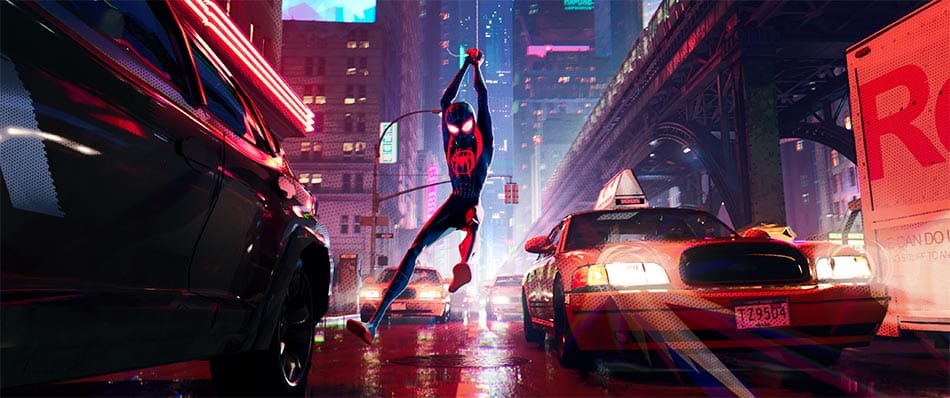Introduction
Pushing the bounds of 3D animation further than ever before, innovations in technology, creative techniques, and industry demand are changing the game. But just as this new tech creates opportunities for artists and studios, issues like job market volatility, job outsourcing, and AI automation are changing the industry landscape.
In this blog, we will look at some of those trends and challenges which 3D animation professionals are facing now and how the future looks for them.
Trends which are changing the future of Animation
Real-Time Rendering and Virtual Production
Game engines such as Unreal Engine and Unity are revolutionizing animation workflows, and real-time rendering is proving to be a game-changer in the film, gaming, and advertising industries. With studios now able to create high-quality visuals in real-time, they can reduce costs and time associated with production.


AI-Powered Animation and Automation
Animation is getting automated, from motion capture cleanup to AI character its also generating animated movements in Industry softwares like Maya & Blender. Tools from DeepMotion, NVIDIA Omniverse, and Adobe’s AI offerings are also streamlining workflows so animators can spend more time on the creative aspects of the work instead of handling repetitive labor.
Opportunities: AI tools assist small studios and freelance animators in creating top-notch animations in less time.
Challenge: Automation raises the question of menial jobs in some aspects of the industry.
Easy Access to Motion Capture (Mo-Cap)
Big-budget productions used to be the only ones who could afford motion capture (MoCap), but options like Rokoko and Xsens bring the tech to the independent creator. This lets animators produce realistic character movements without costly studio setups.
Industry Insight: Many YouTubers and indie game developers rely on MoCap to achieve top-notch animations at an incredibly affordable price.


Stylized Animation Technique
As photorealism is constantly improving, however, many studios are moving toward adopting unique, stylized animation styles. Movies like Spider-Man: Into the Spider-Verse and Puss in Boots: The Last Wish mix 2D and 3D aspects to create visuals unlike anything else.
Why It Matters: Stylized animation takes creative expression to the next level and can help projects stand out in the industry.

Virtual Reality (VR) and Augmented Reality (AR) Animation
VR and AR are taking animation beyond screens. Drawing in virtual reality with tools, like Tilt Brush, Quill, and Blender VR and creating animations in 3D space allow artists to make storytelling more deliberate.
Future Outlook: Demand for VR/AR animation is likely to realise exponential growth with the onset of Apple Vision Pro and Meta’s VR platforms.

Cloud-Based Animation and Remote Collaboration
Cloud-based workflows have democratized animation. Evernote’s like Autodesk ShotGrid, Blender Cloud, Frame. io gives teams the tools to collaborate remotely, which means global productions.
Effect: Many more work-from-home opportunities are available, yet competition in a global talent pool has skyrocketed.

Challenges in the 3D Animation Industry
While the sector is developing, it is not without its challenges:
· Job Market Concerns: Animators have concerns about outsourcing and AI automation taking away jobs.
· Rising Competition: The entry barriers have significantly lowered, resulting in a looming influx of wannabe designers battling it out for a few gigs.
· Everyday Learning: Need to learn new software and techniques on an ongoing basis.
Opportunities for Animators in 2025 and Beyond
· The future is bright for those who adapt, despite those challenges. Here’s how:
· Learn Real-Time Animation: Studios are looking for animators who are very well skilled in Unreal Engine and Unity.
· Adapt with AI Tools: Dismiss the fear that automation will take your job.
· Create A New Way: Stylized animation is well on its way to dominating the world, and originality is what will separate you from the other 10,000 new animators who graduate every year.
· Expand to VR/AR: There’s a rising need for immersive content early adopters will win.
Conclusion
We are at an exciting crossroads in 3D animation. If you’re an aspiring animator, freelancer, or studio artist, keeping an eye on trends and learning to adapt to emerging technology will be essential to success.
Where do you see the future of 3D Animation heading? Share your thoughts in the comments!

